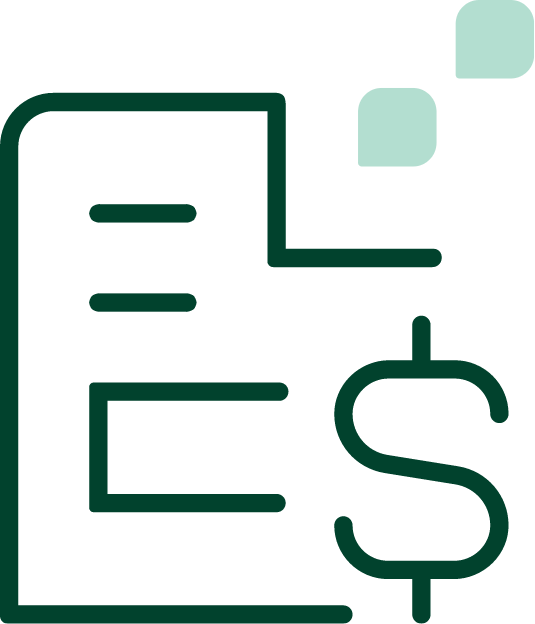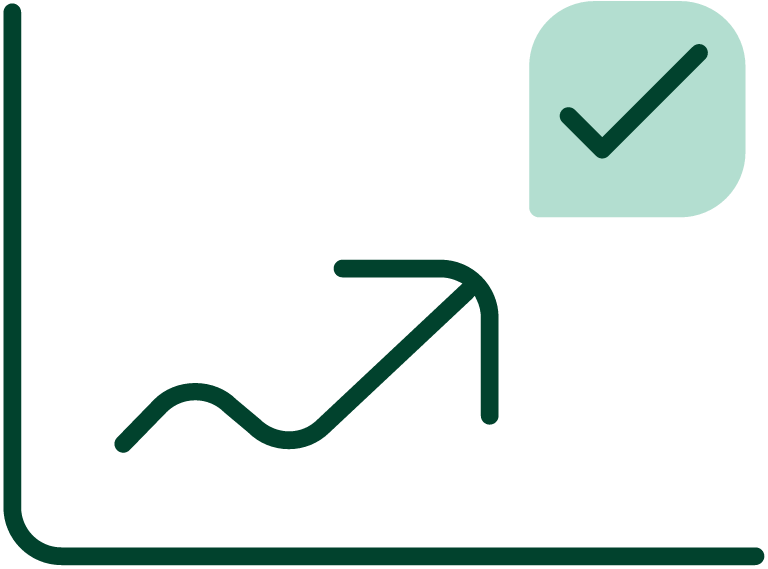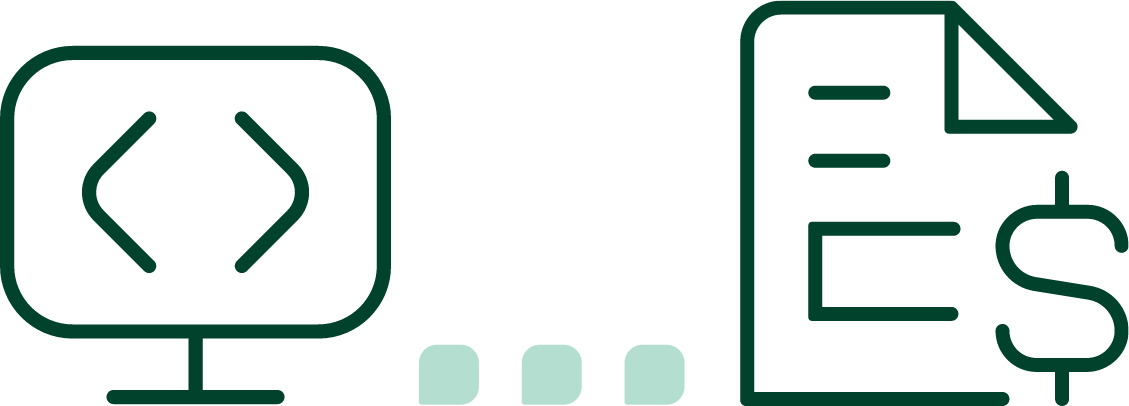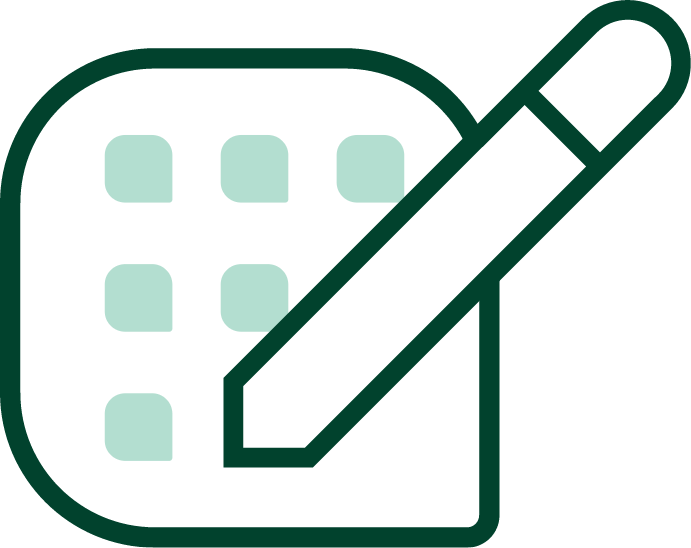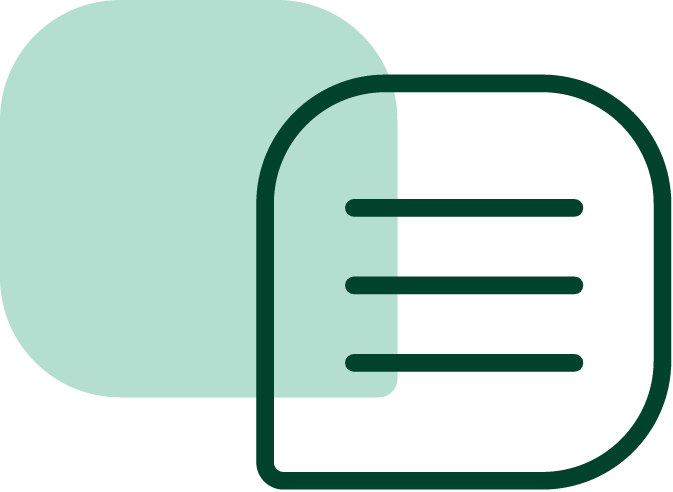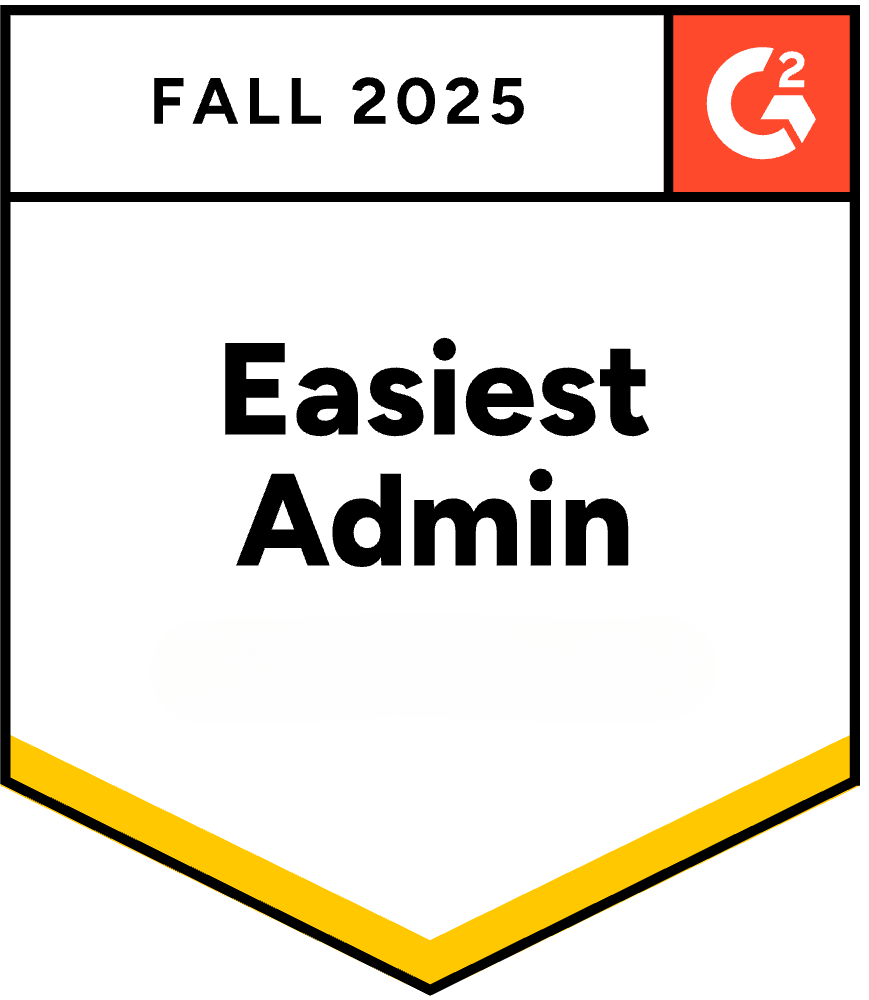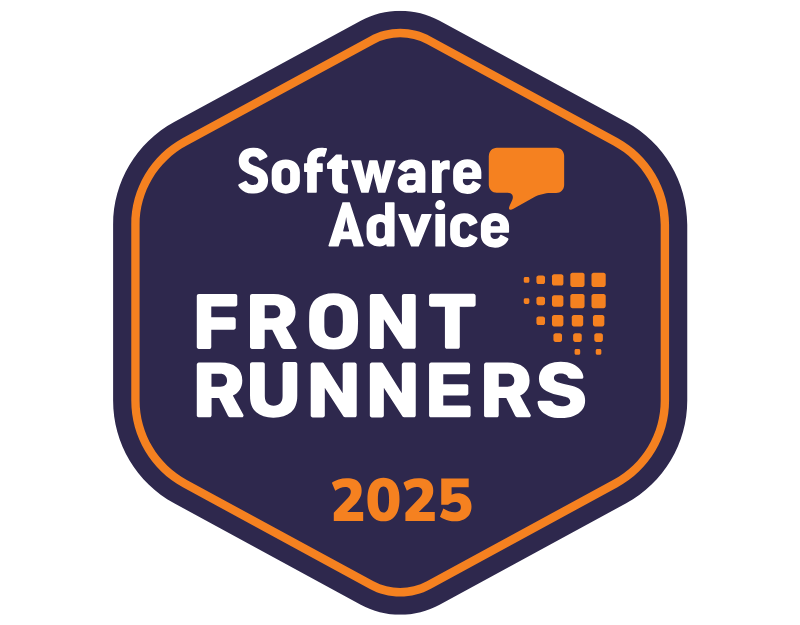Also known as “closing the books,” a balance sheet reconciliation is the process of ensuring a company’s financial statements are accurate and free of errors. Balance sheet reconciliation is a holistic process that includes balancing the accounts of three main categories: assets, liabilities, and equity. In contrast, balance sheet account reconciliation focuses on balancing individual accounts within these categories (e.g., cash, accounts payable).
What is Balance Sheet Reconciliation?
Balance sheet reconciliation ensures that the balances in your company’s general ledger correspond with the account balances of supporting documents in the balance sheet.
Here’s an example of a manufacturing company that needs to balance three accounts: Cash, Accounts Receivable (A/R), and Accounts Payable (A/P).
| Account | Balance | Reconciling Items | Adjustment | Adjusted Balance |
| Cash | $150,000 (GL) | + Outstanding checks ($50,000) | +$50,000 | $200,000 |
| Accounts Receivable | $120,000 (GL) | – Discounts granted ($35,000) | – $35,000 | $85,000 |
| Accounts Payable | $90,000 (GL) | + Unrecorded vendor invoice ($45,000) | + $45,000 | $135,000 |
The company would then use this information to balance the assets, liabilities and equity:
| Category | Assets | Liabilities |
| Cash | $200,000 | |
| Accounts Receivable | $85,000 | |
| Accounts Payable | $135,000 | |
| Total Assets | $285,000 | Total Liabilities: $135,000 |
Why Balance Sheet Reconciliation is Essential for Financial Accuracy
Balance sheet reconciliation ensures accurate financial reporting and compliance with financial regulations such as GAAP or IFRS. Performing regular reconciliations enables finance teams and CFOs to quickly detect errors and uncover potential fraud. This process enhances confidence in the reliability and accuracy of the company’s financial records for both CFOs and their financial teams. In addition, it signals effective management of cash flow for CFOs and external stakeholders such as investors, bankers, and insurers.
Steps Involved in the Balance Sheet Reconciliation Process
The general steps involved in the balance sheet reconciliation process are:
- Identify the accounts that should be reconciled. This might include accounts payable, accounts receivable, cash, inventory, etc.
- Gather the right account data. You’ll need the general ledger along with supporting documents such as bank statements, payroll records, tax filings, etc.
- Compare the two sets of data to identify discrepancies. Compare the data in the general ledger with that of the supporting documents.
- If necessary, adjust the general ledger. If you identify discrepancies or errors, you’ll need to adjust the general ledger accordingly.
- Reconciliation and documentation. Ensure the balances are matched and that you have a record of it for your financial reporting.
Common Issues and How to Overcome Them in Balance Sheet Reconciliation
Finance teams are faced with many challenges in closing their books at the end of the month and producing accurate financial statements.
These include:
- Manual processes. Many companies still rely on manual processes for balance sheet reconciliation that are slow and prone to human error. Simply gathering the documents necessary can take days. This is especially challenging as a company scales.
- Lack of accurate and centralized data. When financial data is scattered across different systems, platforms, and formats, gathering and centralizing into one point drains your company’s resources. It also increases the chances of inaccurate data and miscommunication with customers regarding payment.
- Overlooking certain accounts. Some accounts, such as savings accounts or petty cash accounts aren’t reviewed as frequently but can cause errors in your reporting.
- Lack of standardized practices and internal controls. Different financial teams in different geographic locations may reconcile their balance sheets differently, causing errors. A balance sheet reconciliation template can help teams standardize their balance sheet reconciliation. Having clear policies in place with regards to oversight and controls also help prevent errors down the road.
Balance Sheet Reconciliation Best Practices
Due to these challenges, many companies turn to balance sheet reconciliation software that can automatically reconcile these transactions, matching them based on defined rules, identifying and categorizing discrepancies, and assigning certain reconciliation tasks to specific team members.
Other best practices include:
- Automating systems. Automating as much of the accounting process as possible, and accounts receivable in particular, helps ensure reconciliation is more effective. For example, you could automate dunning workflows, the cash application process, credit management, and update reports in real-time to continually monitor the performance of your A/R team.
- Using a risk-based approach. Focus more time and energy reconciling accounts at higher risk of overdue invoices or bad debt, such as new customers or companies. Reconcile them more frequently than lower risk accounts, such as long-standing customers that are established brands.
- Offering team training. Clearly communicate the established reconciliation process you want all financial teams to implement. Conduct regular training sessions on best practices for reconciliation and how to meet the latest in accounting standards such as GAAP and IFRS.
How to Leverage Gaviti to Streamline Balance Sheet Reconciliation
Since an effective balance sheet reconciliation starts with an efficient and reliable accounts receivable process, many companies turn to automated A/R solutions. Gaviti’s autonomous invoice-to-cash A/R management solution takes automation a step further, by eliminating the need for constant human control or supervision in the performance of tasks.
Its platforms delivers benefits such as:
- Personalized and automated dunning workflows that send reminder emails before an invoice is due, optimizing how specific audiences receive which reminder and when, significantly increasing engagement and improving the chance of timely payment of invoices.
- Streamlined credit management that quickly manages customer risk and credit threshold with relevant information collected from relevant sources and a suggested credit limit. You’ll know in advance exactly which accounts need to be reconciled more frequently because they pose a greater risk of overdue invoices or bad debt.
- A Self-Service Payer Portal that enables customers to conveniently make payments online 24/7 with a variety of payment options including ACH, electronic payments, debit and credit cards, and more. Customers can also use it to view invoices, payment history, and credit applications and disputes to facilitate faster payments and improve your company’s cash flow.
- Centralization of A/R data that integrates with other business systems such as your CRM, ERP, and accounting software to gather A/R accurate and up-to-date A/R data, facilitating accurate financial records at all times.
- Fast and efficient resolution of disputes, eliminating the friction of the manual dispute resolution process while delivering a superior customer experience and ensuring accurate records for balance sheet reconciliation.
Want to learn more about Gaviti’s autonomous invoice-to-cash A/R management solution? Get a demo today!

